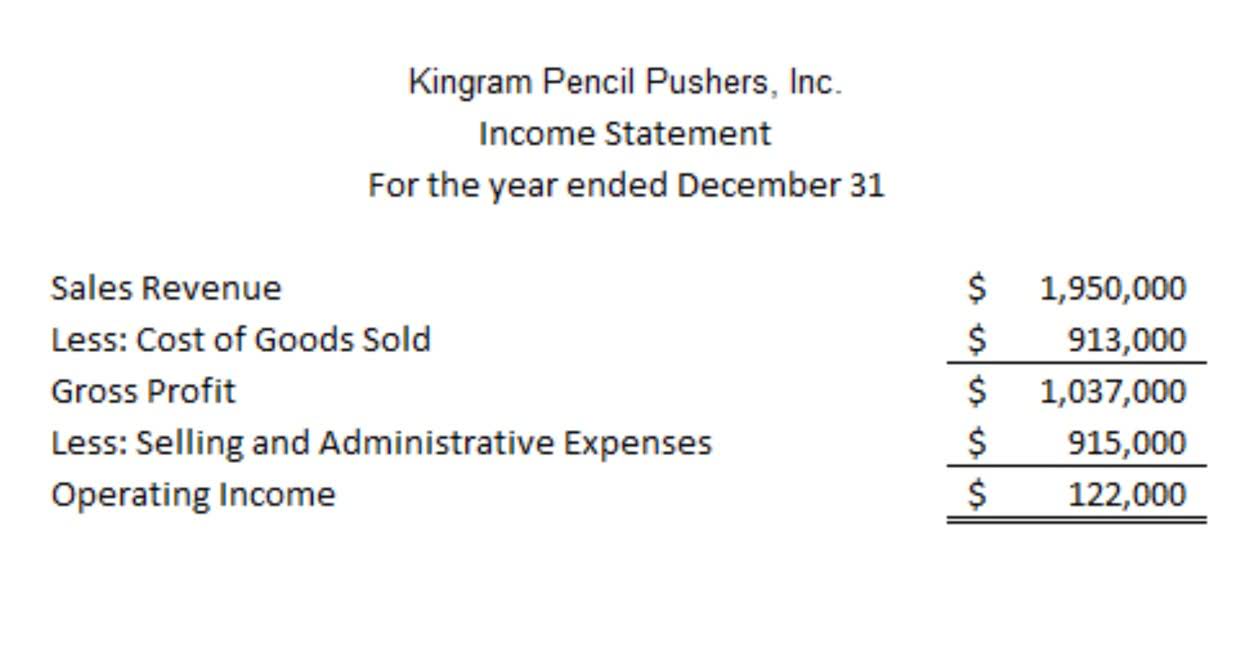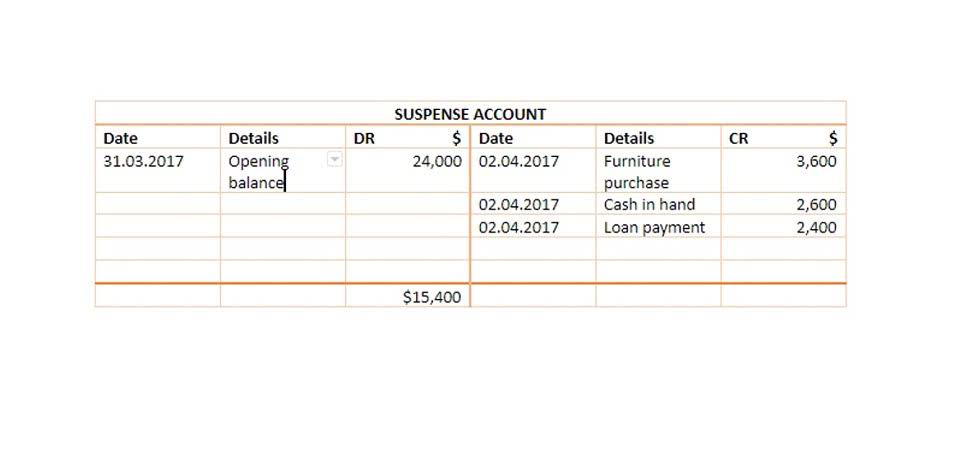News & Notice
공지사항
| 제목 | Reciprocal Tariff Calculations United States Trade Representative | ||
| 작성일 | 2020-11-09 | 작성자 | 김단아 |

Adjusting entries play a crucial role in aligning the book balance with the actual financial position by accounting for accrued expenses, unearned revenue, depreciation, and other financial adjustments. Implementing robust measures for financial oversight and compliance is crucial to rectify the situation. Adjusting entries play a crucial role in ensuring the accuracy of book balance by accounting for accrued expenses, unearned revenues, and other timing-related discrepancies.

Uncleared Checks and Deposits
Accurate financial records enable businesses to forecast future cash flows well, make strategic investments, and plan for possibilities. Without proper reconciliation, businesses may not know how much money they have, leading to wrong book balance vs bank balance budgets and bad decisions. A bank reconciliation statement can be prepared to summarize the banking activity for an accounting period to be compared to a company’s financial records and book balance.
Reconciliation Process
- Consider setting up a dedicated workspace with good lighting and minimal distractions, allowing you to focus on accuracy as you begin the reconciliation process.
- This discrepancy can lead to serious financial inaccuracies, impacting the organization’s operations and reporting adversely.
- This lag can cause temporary differences that need to be reconciled once the bank processes these transactions.
- By comparing book and bank balance and spotting discrepancies fast, companies can guarantee correct financial reporting.
- For this reason, all businesses need to reconcile their bank balance and book balance often.
- Having a calculator readily available — or using the one on your smartphone or a nearby computer — can speed up the verification process and help catch mathematical errors.
- A negative book balance indicates a deficit or overdraft situation, necessitating immediate attention to address financial oversight and regulatory compliance.
For the past 52 years, Harold Averkamp (CPA, MBA) has worked as an accounting supervisor, manager, consultant, university instructor, and innovator in teaching accounting online. Understanding why discrepancies occur and how to address them can prevent potential financial pitfalls.

Everything to Run Your Business
Moreover, business owners use bank reconciliations to detect fraud and errors by either party. These reconciliations show cash flow and make it easier to spot and resolve discrepancies quickly. By comparing book and bank balance and spotting discrepancies fast, companies can guarantee correct financial reporting. Skipping this could mean lost investment chances or payments made on wrong info. Bank balance, however, is the actual amount of money in an account from the bank’s view. In other words, the book balance represents a running tally of a company’s account balance when considering all transactions, some of which have yet to be reconciled through the Restaurant Cash Flow Management bank account.
Role in Cash Flow Management
Now, the only thing left to do after loading the data is to go through the entries and make sure each one is categorized appropriately. This procedure is made simple and effective by maintaining a separate business bank account. The book balance and the bank balance of a corporation, however, might diverge in a number of circumstances.

Challenges in Maintaining Accurate Balances
In this video, Minisetti provides a comprehensive overview of monetary policy, detailing its meaning, objectives, and instruments. Key objectives include price stability, economic growth, unemployment reduction, and addressing economic inequalities, while instruments are categorized into quantitative and qualitative types. Additionally, if you begin routinely balancing your books, you’ll be able to spot trends. For the past 52 years, Harold Averkamp (CPA, MBA) hasworked as an accounting supervisor, manager, consultant, university instructor, and innovator in teaching accounting online.
- It’s the balance seen on paper or accounting systems, without pending transactions or discrepancies.
- You might have transposed two digits if there is a difference of nine digits or fewer.
- By ensuring that financial records are accurate and up-to-date, businesses can make informed decisions about their cash flow needs.
- The need for regular reconciliation can be time-consuming and resource-intensive, adding complexity to financial processes.
- The bank statement balance is typically provided on a monthly basis, although some banks offer more frequent updates through online banking platforms.
- A deposit is typically made, the depositor is given access to the money, and the check clears before the paying bank is charged.
- In order to manage its cash flow activities and make sure it has enough money to function efficiently, Company X must keep records of its outstanding debits and credits.
Reconciling the book balance with the bank balance is a fundamental practice that ensures the accuracy of a company’s financial records. This process begins with obtaining the most recent bank statement and comparing it to the company’s internal accounting records. The goal is to identify and resolve any discrepancies between the two sets of records.

This is the case when there are bank fees or electronic transfers on the bank statement that have not income statement yet been recorded in the company’s general ledger accounts. For example, the bank statement may reveal that a bank service charge was withdrawn from the account on the last day of the month. Banks may charge fees for various services or offer interest on account balances, which might not be immediately recorded in the company’s books.
- Book balance and bank balance are two distinct figures that often require careful examination to ensure financial accuracy.
- These fees may include monthly maintenance fees, overdraft fees, or transaction fees.
- However, there are several scenarios when the book balance can differ from a company’s bank balance.
- Without proper reconciliation, businesses may not know how much money they have, leading to wrong budgets and bad decisions.
- For the past 52 years, Harold Averkamp (CPA, MBA) hasworked as an accounting supervisor, manager, consultant, university instructor, and innovator in teaching accounting online.
- Book balance holds significant importance in accounting as it serves as a basis for assessing a company’s financial position and ensuring adherence to accounting principles and regulations.
Bank Statement Balance vs. Cash Book Balance

This process typically begins with the preparation of the general ledger, where all financial transactions are recorded. Once the general ledger is prepared, the next step involves identifying any accruals that need to be adjusted. The bank statement balance refers to the amount of money recorded by the bank in a particular account at a given point in time. It is a statement provided by the bank to the account holder, summarizing all the transactions that have taken place during a specific period.
